How Much Salt and Sodium Intake Is Safe and Healthy?
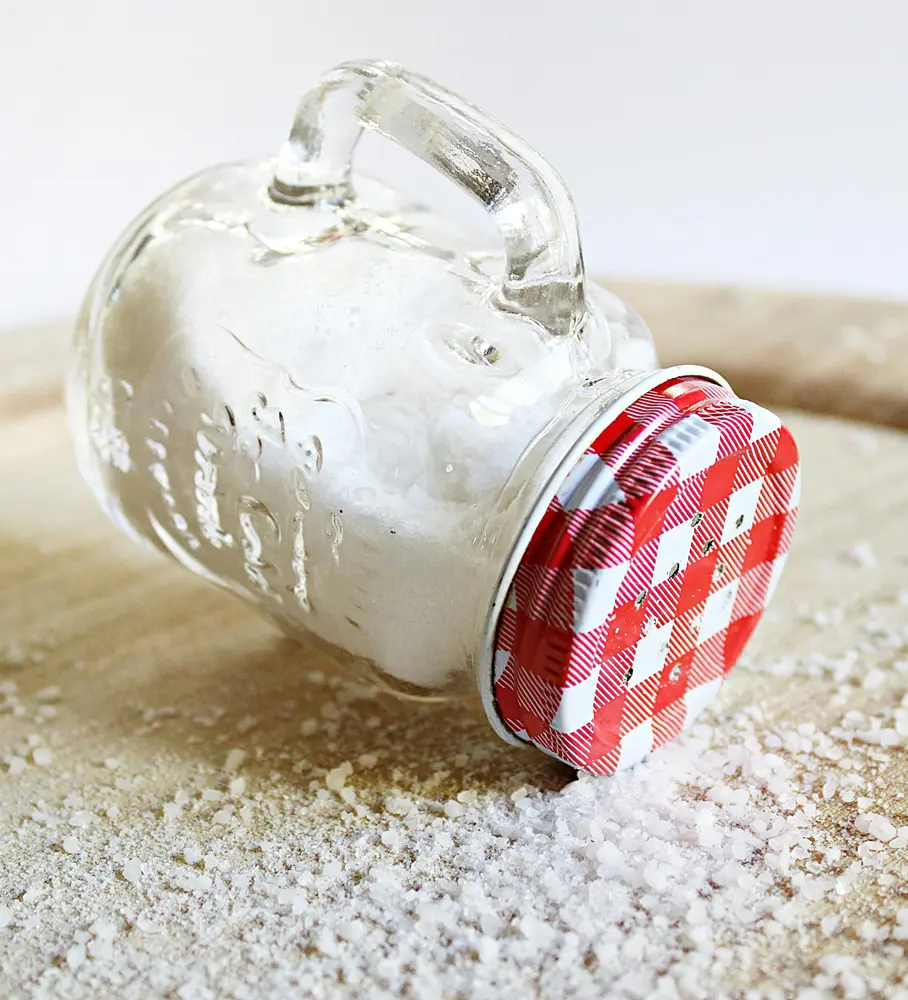
This post may contain affiliate links. If you make a purchase through links on our site, we may earn a commission.
Salt is like a seasoning-important in bringing out flavor in dishes. Not only is salt good for taste, but it also has electrolyte called sodium needed for fluid balance, nerve function, and muscle contractions. However, most of us have been getting way more than what's needed and the consequence is illnesses like high blood pressure and heart disease.
The guidelines for adults' daily sodium intake are below 2300 mg; however, AHA and WHO suggest below 1500 mg for heart health. This article will help you understand how much sodium is good for human consumption and how to get it right for improved health.
Recommended Daily Intake Of Salt And Sodium
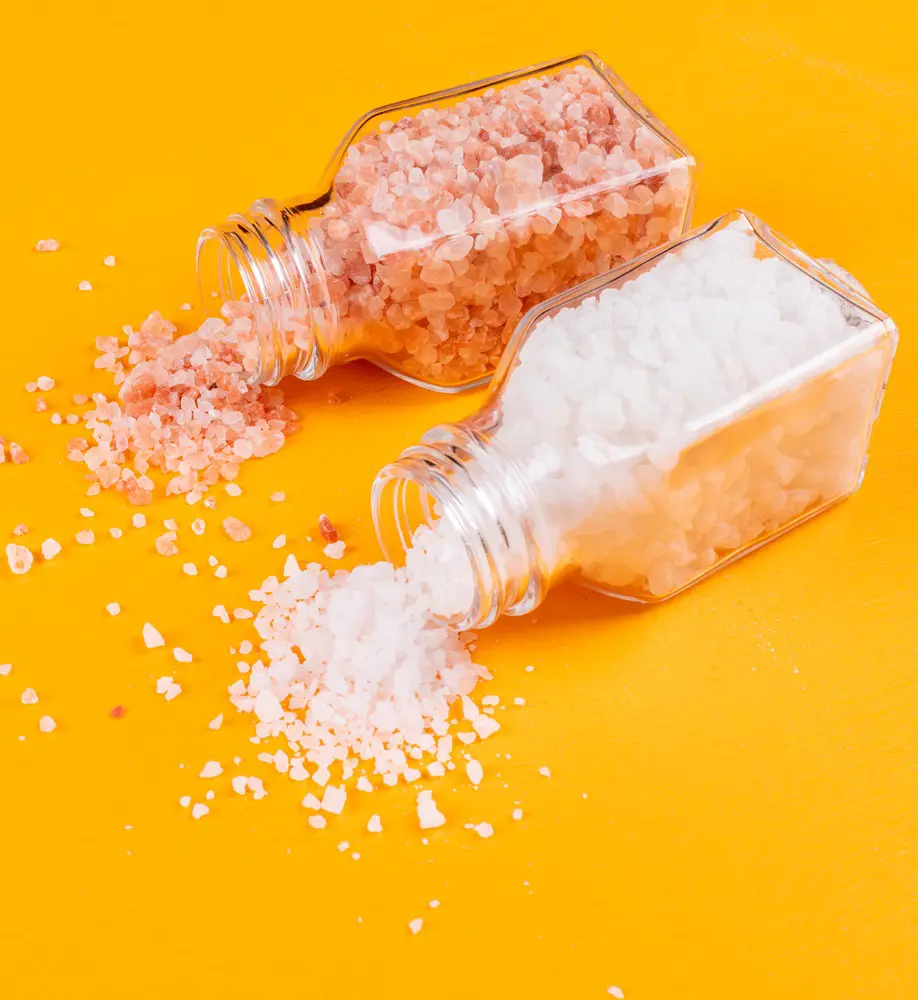
Sodium is an essential minor constituent of muscle and nerve cells, regulating the body fluids balance. But sodium in excess negatively affects health and may cause hypertension, heart complications, and even stroke. It is within this context that we need to understand that the recommended dietary allowance for sodium is essential for health.
According to the USDA, and the US Department of Health and Human Services, healthy adults can consume less than 2,300 mg (2.3 grams) of sodium per day, which is equivalent to the recommended amount in one teaspoon of salt. This limit was set after research carried out on clinical trials showed that sodium intake above 2,300mg (2.3g) per day poses a danger to high blood pressure and risks towards heart diseases.
The WHO recommended daily intake of salt is 2,000 mg or 2 grams, while the recommendations of the American Heart Association are even lower – 1,500 mg or 1.5 grams per day. The NIH also notes the 2300 mg limit but admits that a still lower intake of sodium has some positive health implications, especially the 1,500 mg per day in people with hypertension or those suspected to have cardiovascular diseases.
Needs Of Sodium In Different Populations
The requirement of sodium in the human body depends on age, the level of physical activity and certain diseases or illnesses. Below are some age- and condition-specific recommendations to ensure safe and healthy sodium intake:
During Pregnancy And Breastfeeding

The proposed daily dose of 2,300 mg is also justified for pregnant women as the latter do not have increased sodium needs compared to non-pregnant individuals. The same can be said of the women who are breastfeeding.
Athletes And Active Population
Individuals like athletes and other people with high activity levels may require a bit more sodium because of an increased sweat rate. It depends on the intensity, duration, and conditions, such as heat, but it is generally not advisable to go beyond 2300 mg/day for ordinary individuals, except for some health-related reasons.
Older Adults

Individuals aged 51 or older or those having hypertension, diabetes, or kidney disease should try to consume around 1500 mg/day of sodium, according to the AHA. This lower intake can assist in reducing hazards of developing cardiovascular occurrences such as stroke and heart attack.
Importance Of Sodium In Health
Sodium is considered to be crucial for your health because of its significant role in several body functions. Here are some of them:
Fluid Balance
Sodium is the most abundant cation in ECF and it is responsible for controlling the volume of the fluid that is found outside the cells. This regulation is critical in regulating blood pressure and overall water content in the body. Sodium when present in the right concentrations regulates water from the blood vessels into the bloodstream and facilitates its delivery to the cells in the body for their efficient functioning.
Furthermore, being an alkali metal, sodium impacts the flow of water across body cells due to its osmotic nature. When sodium concentration rises in the ECF, it forms an osmotic gradient that assists in dragging water out of cells to strike a balance between the intracellular and extracellular conditions.
Nerve Function
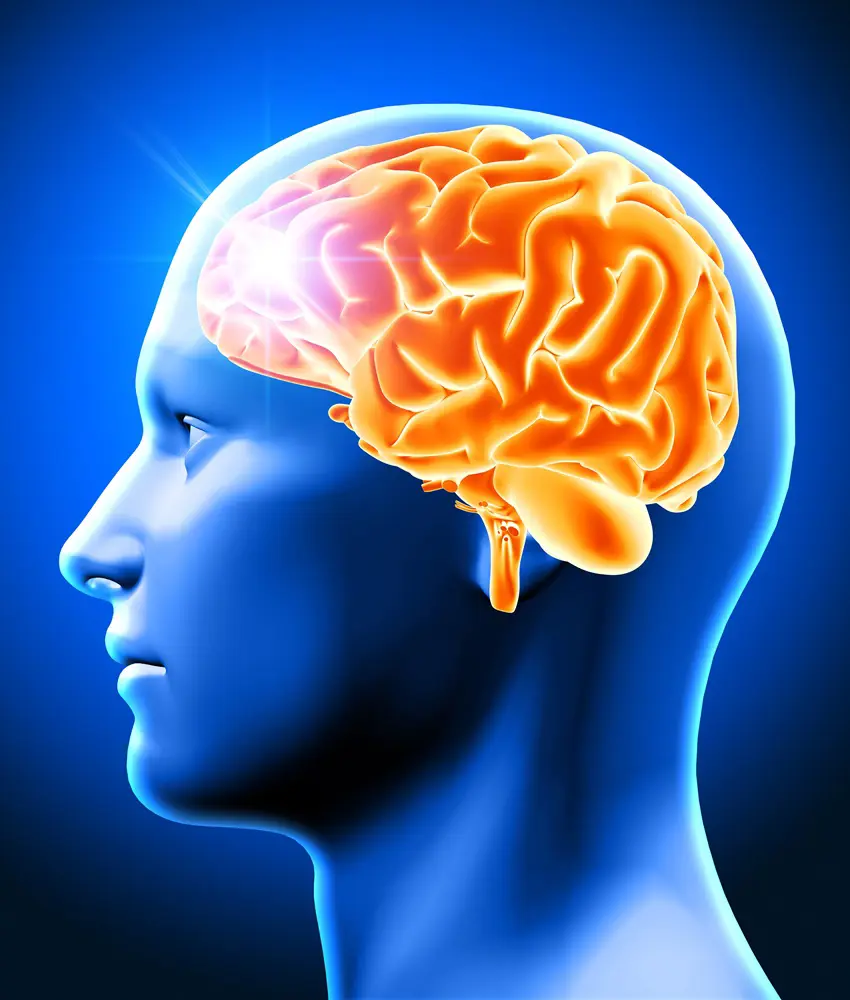
Mainly involved in the creation and conduction of electrical signals within nerve cells, sodium is essential to maintain nerve function. Sodium ions are important in generating action potentials, which are the electrical impulses that occur in nerve fibers.
Lack of sodium affects the communication between the nerve cells and results in issues related to muscle coordination, reflexes, and basic functioning of the brain. Therefore, sodium plays a major role in generating the electrical impulses needed for nerves to transmit signals, which are required for thinking, moving, feeling, or even reacting.
Blood Pressure Regulation
Sodium is significant in balancing the quantity of fluids and water in our system. When there is a high sodium concentration in the blood, water is retained in higher proportions to reduce the concentration of sodium hence increasing blood volume. This increase in blood volume results in high blood pressure.
Moreover, sodium controls one particular hormone that is responsible for regulating blood pressure and controlling fluids in the body. This system can be activated by high sodium and the result will entail vasoconstriction and hence elevated levels of blood pressure.
How Much Salt And Sodium Is "Too Much"?
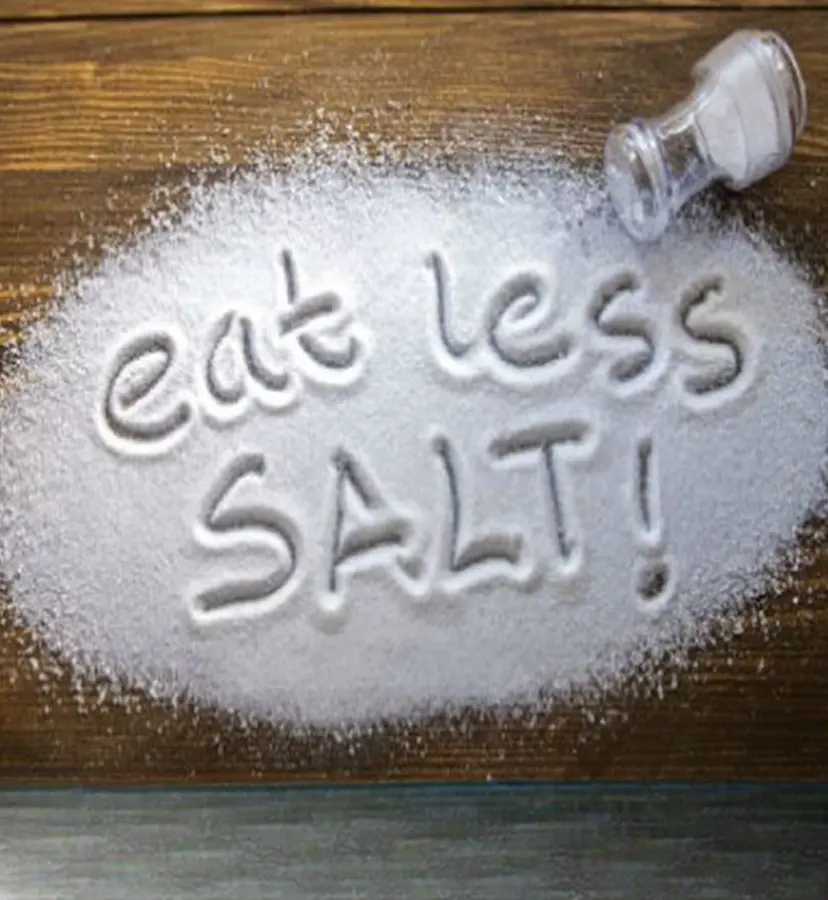
Earlier, it has been pointed out that several health organizations urged to restrict sodium consumption to 2300 mg per day for the majority of adults. It is regarded as much better if you can achieve around 1500 mg a day if you are a patient with high blood pressure, heart disorder, or a kidney problem.
With that being said, anybody consuming more than this is considered to be taking high sodium intake which can be dangerous to your health. This may lead to an increased risk of heart disease, and stroke, as well as kidney problems, fragile bones, and stomach cancer.
Salt And Sodium Consumption In The United States
The average individual in America takes more sodium daily than is advisable as per the health committees, which is undesirable since it raises the probability of developing hypertension and cardiovascular syndromes. Today, the average American consumes about 3,400 mg of sodium daily which is higher than the acceptable limit of 2,300 mg/ day as recommended by the health authorities.
Interestingly, a much larger share of sodium is consumed through processed foods and the meals that are prepared in restaurants among Americans than from salt or home recipes. This shows that over three-quarters of the sodium intake in America is through processed products as well as foods that are prepared outside homes such as canned soups, snack foods, frozen meals, and packaged sauces, restaurant or fast food meals.
How To Find Out If You Are Overconsuming Sodium?

To determine if you are taking too much salt and sodium, you can look out for signs and symptoms that herald increased intake. Some of the most common indicators are:
- Increased Thirst: In the case of constant thirst, this is most probably an effort to ‘try’ to make the body dilute high sodium content since the thirst signal will help in taking more water.
- Bloating and Swelling: Sometimes your hands, feet or face may look bloated due to water retention caused by taking a lot of sodium. Inflammation is known to happen mostly when there is a pain in the stomach that gives the feeling of tightness or even bloating.
- Frequent Headaches: A few people may suffer from headaches due to high sodium levels and high blood pressure that result from their consumption.
- Weight Fluctuations: Weight gain of more than 2 pounds per day is more likely to be associated with water retention due to intakes of high salt.
- Elevated Blood Pressure: High sodium consumption is linked with hypertension, and having your blood pressure checked often will indicate if you have the condition. If you are finding that your readings go beyond the normal suggested levels, then it is high time you check your diet.
Risks Associated With High Salt And Sodium Intake
Consuming salt and sodium beyond the recommended levels can pose several significant health risks and chronic illnesses. Here are the primary concerns:
Hypertension

Hypertension is one of the best-understood and most pronounced consequences of high levels of salt and/or sodium consumption. This means that when sodium is eaten in large quantities, water also accumulates, making the blood pressure rise. Consumption of high levels of sodium regularly is also associated with cardiovascular diseases, stroke, kidney diseases and other ailments.
Research has demonstrated that taking fewer amounts of salt substantially reduces the results of blood pressure. For example, for every approximately 1.75 g per day reduction in sodium intake, there is a mean reduction of systolic/diastolic blood pressure of about 4.2/2.1 mm Hg.
Heart Disease
Sodium consumption puts pressure on the blood vessels by retaining more water hence increasing the amount of blood in the body. Thus there is increased force on the blood vessels adding pressure that leads to hypertension which is a precursor to heart diseases and strokes. High BP when uncontrolled for years affects the heart and the blood vessels in the body. High pressure can cause disorders like left ventricular hypertrophy, heart failure and other cardiovascular-related diseases.
Kidney Disease
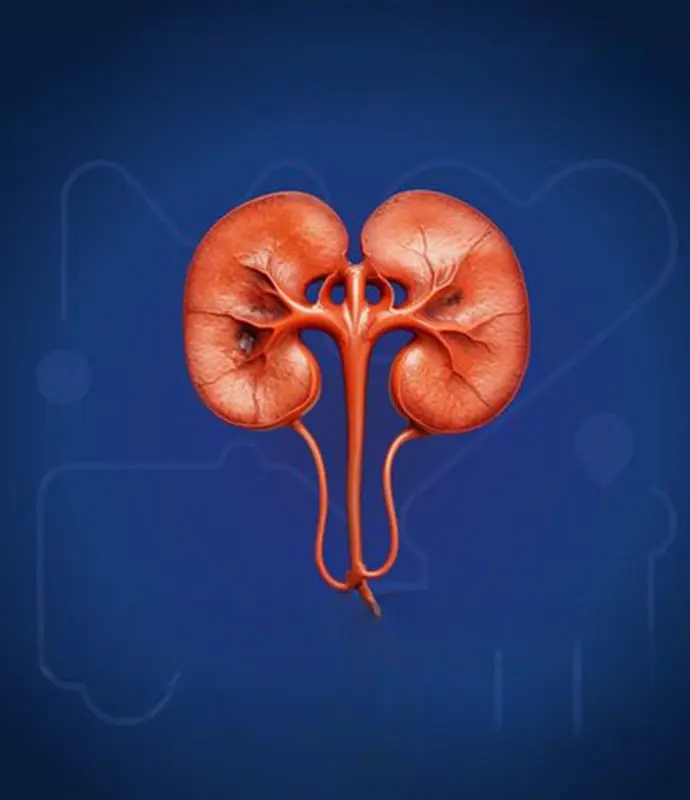
Sodium and potassium are essential in the kidneys to help filter blood appropriately and to remove waste. Excessive use of salt upsets this balance and results in poor kidney function and a general increased workload in the kidneys.
Consuming too much salt has been proven to raise amounts of protein in the urine thus, becoming core to further worsening of kidney disease. High protein levels point to the impaired functioning of the tiny filters of the kidney known as glomeruli. Also, high amounts of sodium might cause high blood pressure (hypertension), a condition typical for Chronic Kidney Disease (CKD). It also worsens the symptoms of renal disease making the functioning of the kidneys even poorer.
Osteoporosis
Those people who consume high levels of sodium end up excreting higher levels of calcium in the urine. Combined the loss of calcium over the years results in bone demineralization which leads to fragile bones and increases the chances of osteoporosis.
These high calcium losses may compromise the adolescents' and young adults' attainment of their peak bone mass if they consume high levels of salt. Since bone mass tends to decrease with age this reduced peak bone mass helps to pave the way for osteoporosis in the later decades.
Dangers Of Underconsumption

Although sodium reduction is viewed as always being useful, overconsumption and underconsumption of salt or sodium equally pose several health risks. Here are some dangers associated with low sodium consumption:
- Hyponatremia: Hyponatremia involves low sodium concentrations in the blood. It may include headache, confusion, seizures, and in the worst scenario, can lead to coma or death.
- Increased Risk Of Heart Disease: Low sodium consumption – below 3,000 mg per day – may be worse for heart health and survival, according to some research. A study shows that people taking less than this are more likely to suffer from poor health than those experts recommend taking moderately, about 4,000-5,000 mg of sodium daily.
- Elevated Cholesterol And Triglycerides: Lower-sodium diets are associated with adverse changes in lipid profiles, including elevated levels of LDL cholesterol and triglycerides, which are indicators of heart disease. A review showed that low-sodium diets led to an increased level in both lipid markers.
- Impact On Kidney Function: Although very high dietary salt concentration is well understood to exert stress on the kidneys, extremely low dietary sodium also has a deleterious effect on the kidneys. Inadequate amounts of sodium in the kidney can also interfere with the fluid balance as well as proper kidney filtration hence the decline in kidney function later.
How To Reduce Sodium Intake
Reducing or avoiding some of the high-sodium foods that you take is also of advantage since it helps in decreasing the prevalence of diseases such as high blood pressure, heart disease, and other complications that include stroke. Here’s a detailed guide on how to effectively lower your sodium consumption:
Know Your Sodium Limit
Sodium should be consumed in a daily amount that should not exceed 2,300 milligrams as recommended in the Dietary Guidelines of the United States. However, new evidence points to a limit below 1,500 mg in patients with hypertension or other associated cardiovascular risk factors such as diabetes.
Keeping records in a diary or using an application will help to define what parts of the day you consume most of the sodium.
Choose Fresh Foods
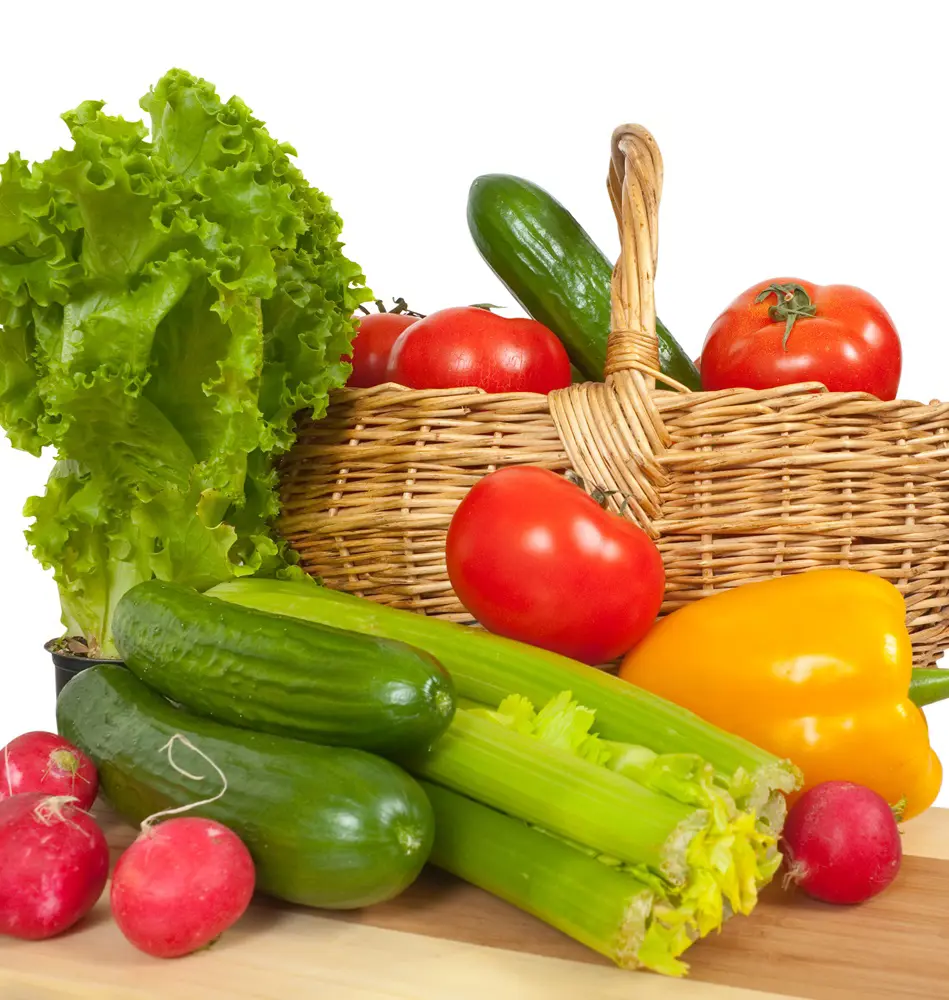
Ensure that you eat more new fruits and vegetables, whole grain foods, and unprocessed meats as these foods have small quantities of sodium and contain important nutrients. Select fresh poultry, fish or meat that is not preserved using salt.
Read Nutrition Labels
The portion size of each serving and the saturated sodium content per the portion size of a particular food item are stated in the nutrition facts label, a feature that is always displayed on most processed foods. It also says whether the ingredients include salt or any of its derivatives, which is sodium.
Choose food products with labels like low sodium, less sodium, sodium-free or no added salt. Collectively, these choices may go a long way in reducing your daily intake of sodium significantly.
Do Not Consume Canned and Processed Foods
Sodium is added to processed foods mainly for taste as well as for its spicing and preservation properties. These food items include bacon, deli meats and sausages, frozen dinners, canned soups and vegetables, chips, pretzels, and other snack foods. Try your best to avoid these food items.
It can also be advised to gradually reduce the use of table salt and opt for salt-free seasonings to aid in the transition.
Cook at Home

The food prepared at home allows selecting the right food and the right amount of salt to be included. Thus, the foundation of these tastes would comprise fresh items like basil, cilantro, or parsley, spices like cumin, paprika, or pepper, and tangy constituents like dissolved lemon juice or vinegar.
Recent posts
Lifestyle
Lifestyle
How to Get Rid of Neck Pain: 10 Home Remedies To Fix Stiff Neck
Neck pain is a common issue of today, affecting more than one-third population of the US. The common causes that often lead to stiff neck include sleeping in an awkward position that involves straining of the neck, sitting in a bad posture for long p...
Lifestyle
10 Home Remedies For Loose Motion and Diarrhea
When in tough times, due to issues like loose motion or diarrhea, it would be reassuring for you to know that there are remedies, that also in your own pantry! Whatever the cause may be, be it an infection, food intolerance, or stress, these ingredie...
Lifestyle
How To Eat A Star Fruit
Star fruit is a tropical fruit known for its unique star-like appearance. The fruit can be enjoyed simply, on its own or by adding it on recipes where its extra burst of color and sweet-tart taste can blend well with other ingredients. Whichever way ...
Lifestyle
Is Yogurt Good For You?
Yogurt is a dairy product, a nutrient-packed food. It is often hailed as a health food and there are good reasons for this. If we look into the nutrients present in yogurt; it has numerous of them essential for functioning of our body. In this articl...
Lifestyle
Is Vegan Diet Actually Healthy?
A vegan diet is considered healthy but not most of the time. As all vegan foods have many beneficial nutrients, they also lack some which often sparks the debate. Without animal products, a vegan diet can be believed to have significant health benefi...
Lifestyle
How To Eat Crawfish The Right Way
A crawfish is a small crustacean that resembles a tiny lobster. Though small in size, this freshwater creature is equally delicious as any other seafood, they are tender, sweet and a little salty. Enjoying crawfish may seem challenging as they are ti...





